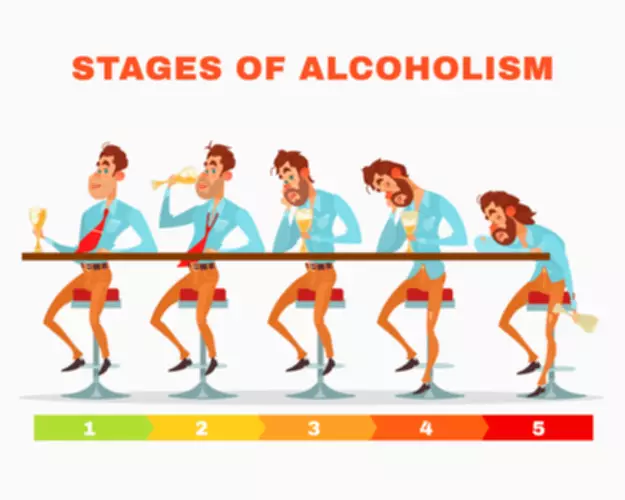
Psychological symptoms and cravings for opiate drugs may last for longer than a week. A team of healthcare professionals can help people through these withdrawal symptoms and suppress cravings long-term. Where possible, people should work with a healthcare professional to manage their withdrawal. This signs of opioid addiction may include slowing or decreasing the amount of medication so that symptoms are less severe. When a person stops taking opiates, they may experience withdrawal symptoms, such as pain, aches, fatigue, and nausea. Morphine and codeine are opiates that derive naturally from the opium poppy.

What effect do opioids have on the body?
Withdrawal symptoms are the body’s physical response to the absence of the drug. When you take opioid medication for a long time, your body becomes desensitized to the effects. Over time, your body needs more and more of the drug to achieve the same effect. This can be very dangerous and increases your risk of accidental overdose. Also, the body never produces opioids in large enough quantities to cause an overdose. Opioid medications and recreational drugs mimic these naturally occurring opioids.

Physical symptoms of opioid use disorder
Additionally, exercise can help to restore the brain’s chemical balance because it releases endorphins, and a balanced diet can help to restore healthy body and brain functioning. Maintaining a healthy sleep schedule can also improve emotional health and help with healing during withdrawal. Focusing on mental and physical health can significantly impact an individual’s recovery. Approximately 808,000 people in the United States reported using heroin in 2018, and approximately 11.4 million people used prescription narcotic pain relievers without a prescription. The United States Centers for Disease Control and Prevention (CDC) reported 56,064 opioid overdose deaths in 2020, and this number increased to 75, 673 in 2021. Anyone going through detox for opiates should be checked for depression and other mental illnesses.
- Discuss with your doctor about the best strategies for managing withdrawal symptoms.
- “I thought, ‘Oh my God, I’ve lost my religion and it’s been my only pavement to walk on, my replacement family.’ Everything was gone—all my friends, everything,” she wrote.
- Withdrawal is typically managed in outpatient settings, unless patients require hospitalization for concurrent medical or mental health problems.
- This is similar to the natural release of dopamine during enjoyable activities like exercise, engaging in hobbies, or spending time with loved ones.
How Long Does Opioid Withdrawal Last?
- Give us a call today at and learn more about how we can help you on your road to recovery.
- Although rare among inhalational heroin users, spongiform leukoencephalopathy has been reported.
- These changes make it hard to stop taking opioids, even if you want to.
- Our staff has extensive experience providing methadone maintenance treatment (MMT).
While buprenorphine has been suggested to reverse overdoses, its slow onset of action, potential to enhance opioid toxicity, and long duration of action compared to naloxone make its risk relatively high. Kratom is currently regulated in the USA as a dietary supplement and is banned in the UK. Recently, in the USA, it has been used in non-medical settings for reducing, or abstaining from, heroin use, managing chronic pain, and managing opioid withdrawal. However, it has not been evaluated for safety and efficacy in randomised controlled trials and is not available as a pharmaceutical grade product. Prolonged opioid use alters the way the brain’s nerve receptors function, and these receptors become dependant on the drug to carry out their normal functions. The time it takes to become dependent on opioids depends on each individual person.
Changes in the Brain
- Most importantly, the patient should be actively involved in treatment decisions, and their needs must also be addressed.
- This property can be beneficial in preventing a return to the original medication and in reducing cravings.
- Understanding the mechanisms of opioid withdrawal and dependence is crucial for those using these medications.
- Again, I urged her to go to the doctor, and again, I got no response,” Keough wrote.
- They may prioritize taking opioids over work, home, or school activities.
People who go through withdrawal over and over should be treated with long-term methadone or buprenorphine maintenance. It also, however, can bring about a sudden and severe withdrawal if taken while opioids are still in your system. Your health care provider will perform a physical exam and ask questions about your medical history and drug use. Symptoms usually start within 12 hours of last heroin usage and within 30 hours of last methadone exposure. The main toxic effect is decreased respiratory rate and depth, which can progress to apnea. Other complications (eg, pulmonary edema, which usually develops within minutes to a few hours after opioid overdose) and death result primarily from hypoxia.


Bir Yorum Yazın